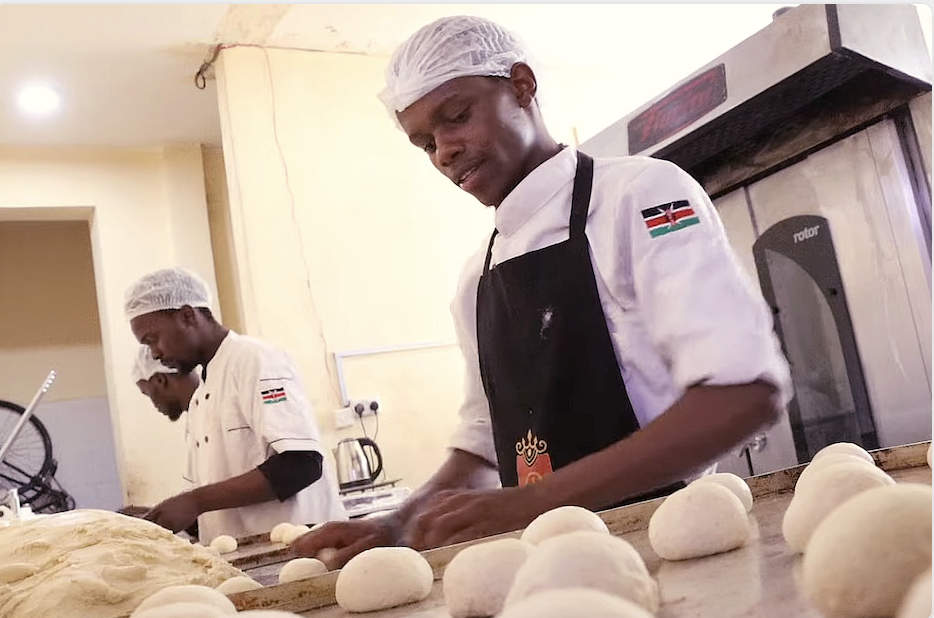Africa’s iconic baobab trees are dying at an alarming rate
Large numbers of Africa’s most iconic tree – the Baobab – are dying. An exact cause isn’t known but an increasing number of scientists suspect climate change.
A report in the journal, Nature Plants, found that four of the 13 oldest known baobabs in the world have died in the last dozen years. Another five are dying.
“These large and monumental trees, which can live for 2,000 years or more, were dying one after another,” says Adrian Patrut from Babes-Bolyai University in Romania.
Patrut is the lead author of the report.
“Baobabs are peculiar trees, with unique architectures, remarkable regeneration properties and high cultural and historic value. The impact of their loss would have profound consequences on many levels.”
The report suggests that the demise of monumental baobabs may be associated at least in part with significant modifications of climate conditions that affect southern Africa. The El-Niño weather phenomenon which has increased hot and dry conditions in the past 20 years was singled out. Authors stressed that more research is needed to confirm that.
“Paleoclimate evidence suggests that baobabs are adapted to wetter, drier, and colder conditions, but possibly not to hotter conditions,” says Patrut.
“But since there are relatively few millennial baobabs throughout southern Africa, it is impossible to make a statistical analysis. Also there aren’t any climate records in some areas where the demises were recorded.”
However the report says researchers have not linked disease or some other similar phenomena to the baobab’s decline.
“The deaths of the majority of the oldest and largest African baobabs is an event of an unprecedented magnitude and these deaths were not caused by an epidemic. There has also been a rapid increase in the apparently natural deaths of many other mature baobabs,” authors say.
The African baobab is the biggest and longest-living angiosperm tree. By using radiocarbon dating, it is known that some live over 2,000 years.







